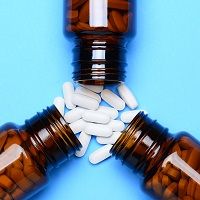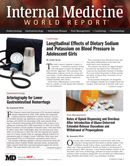Publication
Article
Internal Medicine World Report
OxyContin Made Tamper-Resistant and Propoxyphene Removed: Has It Helped So Far?
Author(s):
Two major changes in opioid dispensing that were placed into action in 2010 have made significant impacts on the prescription drug abuse epidemic.

Two major changes in opioid dispensing that were placed into action in 2010 have made significant impacts on the prescription drug abuse epidemic.
The introduction of one drug and the removal of another have had positive effects on the number of opioid overdoses. Purdue Pharma released the abuse-deterrent extended-release oxycodone hydrochloride, OxyContin, on August 9, 2010. A little over three months later on November 19, the opioid propoxyphene was taken off of the market due to evidence linking the pain reliever to cardiac toxicity.
The researchers from Harvard Medical School and Boston University School of Medicine outlined the corresponding outcomes in JAMA Internal Medicine.
“Pharmaceutical market interventions may have value in combatting the prescription opioid overdose epidemic,” the authors wrote.
A significant decrease in opioid abuse trends became apparent just two years following the changes regarding the two drugs. The team gathered data “from a large national US health insurer” that included 31.3 million participants ages 18 to 64. There was an average follow-up of 20 months between January 1, 2003 and December 21, 2012.
“We used segmented regression to analyze changes in outcomes from 30 quarters before to eight quarters after two interventions,” the team wrote.
After the two years it was found that the amount of opioid distribution decreased by 19%. The pharmaceutical changes were also linked to an estimated 20% decrease in prescription opioid overdoses.
In addition, “the absolute change in dispensing by milligrams of morphine-equivalent dose per member per quarter at two years” included:
- Extended-release oxycodone: -11.3
- Other long-acting opioids: 3.26
- Propoxyphene: -8.19
- Other immediate-release opioids: -16.2
Although the results suggested a favorable shift in prescription opioid overdoses, the rate of heroin overdoses increased by 23%.
“Complementary strategies to identify and treat opioid abuse and addiction are urgently needed,” the authors warned.





